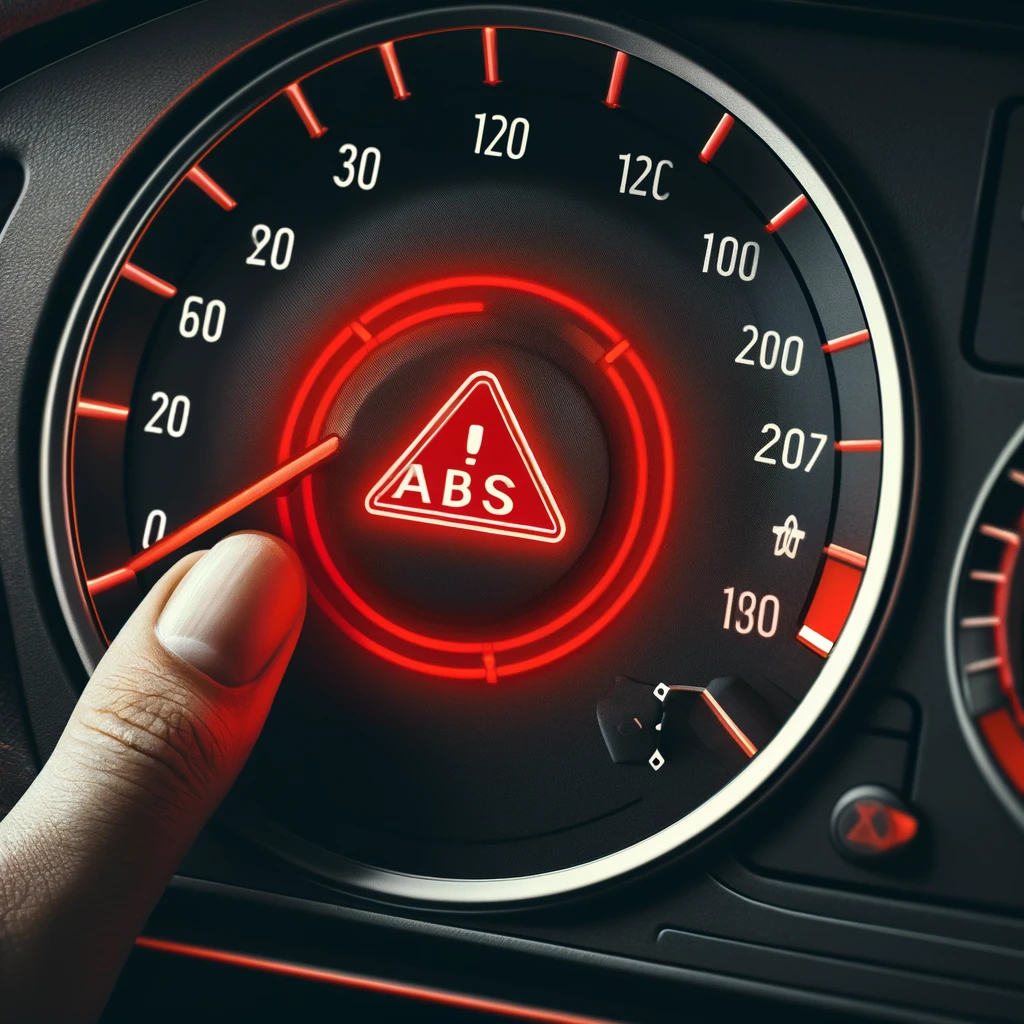The ABS light on your car’s dashboard is an important indicator of potential issues with the Anti-lock Braking System, which helps maintain control and prevent the brakes from locking during an emergency stop. This guide will help you understand what steps to take if the ABS light stays on.
Introduction
When the ABS light comes on, it indicates that there is a fault within the system. Addressing this promptly can ensure your safety and prevent more costly repairs. While professional diagnostics and repairs are often recommended, there are a few checks you can perform yourself.
What You’ll Need
- Basic car repair tools (wrench, screwdriver)
- OBD-II scanner
- Vehicle’s service manual
Steps to Fix ABS Light on Car
Check the Brake Fluid Level
Low brake fluid can trigger the ABS light. Check the brake fluid level and top it up if necessary. Ensure the brake fluid reservoir cap is secure after checking.
Inspect the ABS Sensors
- Locate ABS Sensors: Refer to your vehicle’s service manual to find the location of the ABS sensors at each wheel.
- Clean the Sensors: Remove any dirt, debris, or grime that may be covering the sensors. A dirty sensor can cause the ABS light to activate.
- Check for Damage: Inspect the sensors for any signs of damage or wear. Replace them if necessary.
Read the Error Codes with an OBD-II Scanner
- Connect the Scanner: Plug an OBD-II scanner into your car’s diagnostic port. The port is usually located under the dashboard.
- Read the Codes: Turn on the ignition (do not start the engine) and allow the scanner to read the car’s computer. Note any ABS-related error codes.
- Interpret the Codes: Use your vehicle’s service manual or an online database to interpret the error codes.
Reset the ABS Light
- Clear the Codes: If the issues were minor and have been resolved, clear the codes using the OBD-II scanner. This should turn off the ABS light.
- Test Drive: Take the car for a test drive to ensure the ABS light does not come back on. Pay attention to the braking system’s performance.
Frequently Asked Questions (FAQs)
What does it mean when the ABS light stays on?
When the ABS light stays on, it indicates a problem with your car’s Anti-lock Braking System. This could be due to several issues such as low brake fluid, faulty ABS sensors, or other electrical malfunctions within the system.
Is it safe to drive my car with the ABS light on?
While your car’s basic braking system should still function, driving with the ABS light on means the anti-lock feature is disabled. This could increase the risk of the brakes locking up during an emergency stop, so it is advisable to get it checked by a professional as soon as possible.
How do I check the ABS sensors?
ABS sensors are located at each wheel and can be inspected by removing the wheel and locating the sensor near the brake assembly. Check for dirt, debris, and damage. Clean the sensors carefully and replace them if they are damaged.
Can I reset the ABS light myself?
Yes, in some cases, you can reset the ABS light yourself by using an OBD-II scanner to read and clear the error codes from your car’s computer. However, if the underlying issue is not resolved, the light will likely come back on.
What should I do if the ABS light comes back on after resetting?
If the ABS light reactivates after resetting, this suggests a persistent issue that should be diagnosed and repaired by a professional mechanic. They can provide a more comprehensive diagnosis and ensure all potential problems are addressed.
How much does it typically cost to fix ABS issues?
The cost to fix ABS issues can vary widely depending on the specific problem and the make and model of your vehicle. Minor issues like sensor cleaning or replacement might be inexpensive, while more complex problems like wiring repairs or module replacements can be more costly.
Does the ABS affect my car’s regular braking system?
The ABS is designed to prevent the wheels from locking up during braking, thereby maintaining tractive contact with the road surface. Your car’s regular braking system still functions, but without the added safety of the anti-lock feature when the ABS is malfunctioning.
Conclusion
If the ABS light remains on after performing these steps, or if it reactivates after a short period, it is advisable to take your car to a professional mechanic for a more thorough diagnosis and repair. Addressing ABS issues promptly can help maintain your vehicle’s safety features and performance.
